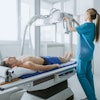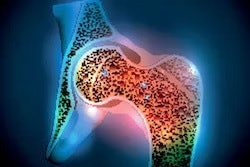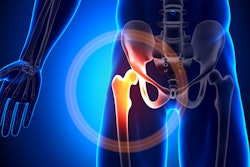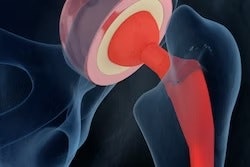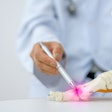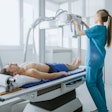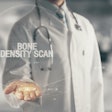Women taking lithium for bipolar disorder had greater bone mineral density on dual-energy x-ray absorptiometry (DEXA) exams compared to women with bipolar disorder not taking the medication, according to a recent study.
The finding reinforces the role of lithium as a first-line therapy, with recent research suggesting that patients with bipolar disorder are disproportionately affected by osteoporosis and have an increased risk of fracture, noted first author Lana Williams, PhD, of Deakin University in Victoria, Australia, and colleagues.
“Both the condition and the medications used to treat it, for example, antipsychotics and antidepressants, have been suggested to adversely impact bone health. Preliminary evidence suggests that lithium might counterbalance some of these negative effects,” the group wrote. The study was published January 19 in Acta Psychiatrica Scandinavica.
Bipolar disorder is a chronic psychiatric disorder associated with high levels of medical burden and premature aging. Lithium is the gold standard treatment for bipolar disorder with demonstrated mood stabilizing effects, the authors wrote.
The side effects of lithium, particularly those related to thyroid and kidney function, are well-documented and are the most likely reason for a drop in use of lithium treatment in recent years, the group added. However, they noted that less is known about lithium's effects on other biological systems, including its potential benefits.
To that end, the group assessed bone mineral density (BMD) in women using DEXA exams and compared findings with those in women not taking the medication. They enrolled 117 women with bipolar disorder, 35 of whom reported current lithium use for a median duration of 64 months.
According to the findings, lithium users had greater spine, total hip, and total body BMD compared to women with bipolar disorder not taking lithium, the researchers reported.
| Mean bone mineral density (BMD) on DEXA in 117 women treated with lithium | ||
|---|---|---|
| Body area | Nontreated (n = 82) | Treated (n = 35) |
| Spine | 1.214 g/cm2 | 1.275 g/cm2 (+5.1%) |
| Total hip | 0.938 g/cm2 | 0.979 g/cm2 (+4.2%) |
| Total body | 1.15 g/cm2 | 1.176 g/cm2 (+2.2%) |
In addition, lithium users were also less likely to have low bone mass (22.9% vs. 43.9%, p = 0.031), the group found.
“Our study agrees with the only study that directly measured BMD in lithium users,” the researchers wrote.
The group noted that the mechanism for lithium's widespread effects across biological systems remains elusive, however, and that randomized clinical trials – largely neglected due to lithium's low commercial potential – are urgently needed to elucidate its potential skeletal protective properties.
“Using a gold standard measurement of BMD and addressing several potential confounders, this study adds further evidence for lithium's potential role as a bone-sparing agent in patients with bipolar disorder,” the group concluded.
The full article is available here.



